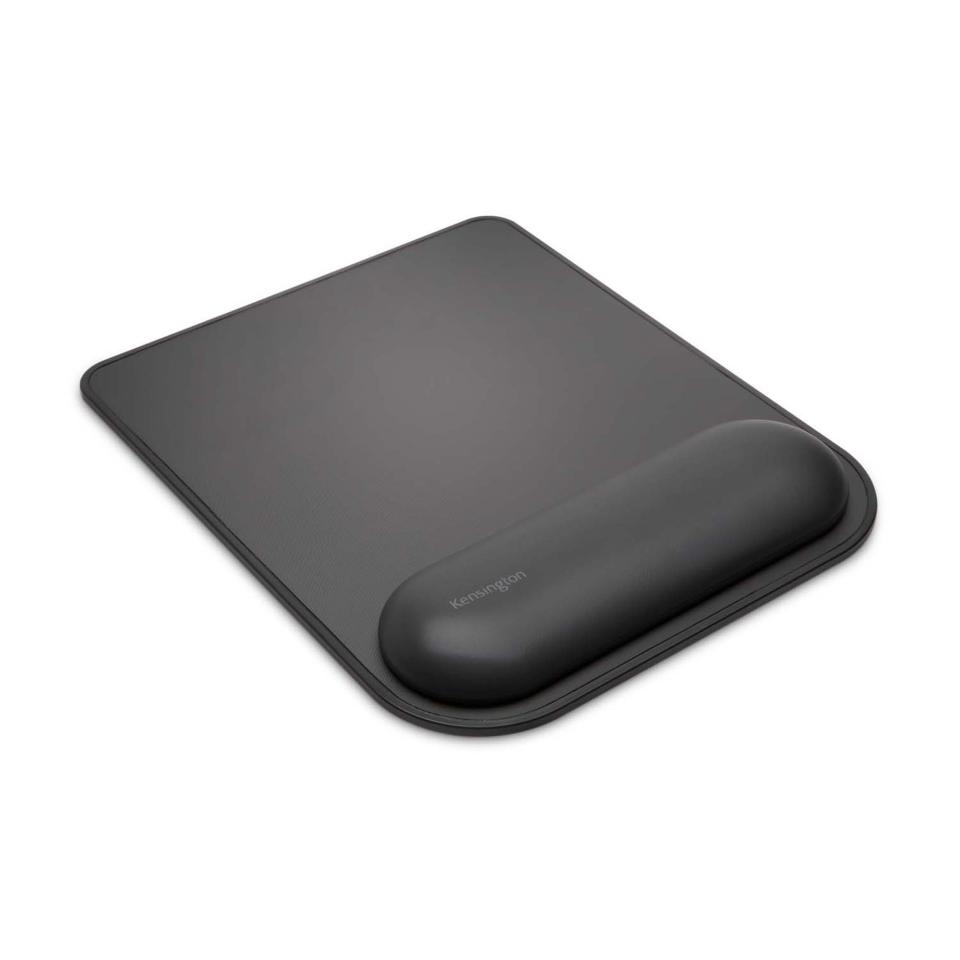
- Kensington ergonomic mouse how to#
- Kensington ergonomic mouse pro#
- Kensington ergonomic mouse software#
- Kensington ergonomic mouse download#
You can even balance your laptop and this trackball on your lap if you choose (I don't.) I do like not having to move it all over. Right now, I'm working outside, using it on my metal mesh patio table. I like that you can use a trackball anywhere - you don't need a mousepad or a certain kind of surface like you would for a mouse. The size and shape are comfortable to use, even though my hands are on the small side. The two AA batteries you'll need are included and should last about 18 months.
Kensington ergonomic mouse software#
The software also allows you to customize nine buttons to do common tasks with a touch.

Kensington ergonomic mouse download#
You can use the default settings right out of the box or download KensingtonWorks software to set pointer and scrolling options.

Cursor control is smooth and accurate, and you can easily adjust the DPI settings for cursor speed control.
Kensington ergonomic mouse pro#
You can wirelessly connect the Kensington Pro Fit Ergo Wireless Trackball to up to three computers. When that ball needs cleaning, you can pop it out easily with the press of a button. You use your fingers on the buttons and scroll wheel and your thumb on the ball to move the cursor around. A trackball stays stationary rather than moving around your desk as you work.
Kensington ergonomic mouse how to#
It does have a mouse-like design, so while it's definitely an adjustment, it's not hard to learn how to use it if you've never tried a trackball before. To disable FN Lock, press the FN key, and the Caps Lock key at the same time again.According to Kensington, the design of this trackball is "ergonomist-approved." The 60-degree angle form factor encourages you to put your wrist, arm, and shoulder in proper alignment to keep you working comfortably and reducing strain. To enable FN Lock on the All in One Media Keyboard, press the FN key, and the Caps Lock key at the same time. Prints the file that is in the active window.Įnabling FN Lock on the All in One Media Keyboard Saves the file that is in the active window. Starts checking the spelling in the active document, if the document's program has a spelling checker. Sends the e-mail message that is in the active window. Replies to the e-mail message that is in the active window.įorwards the e-mail message that is in the active window. Opens a document in programs that support this command.Ĭloses the document or file that is in the active window. Opens the Help system (if any) for the active window.Ĭreates a new document in programs that support this command. You can reassign many of them using Microsoft Mouse and Keyboard Center. The following table specifies the default key assignments for the alternate command keys. When the F Lock light is On, standard functions work (F1, F2, and so on). When the F Lock light is Off, alternate functions work (Help, Undo, and so on). If your keyboard has an F Lock key, press it to toggle between the standard commands and alternate commands. You can press and hold Fn while pressing keyboard letters M, J, K, L, U, I, O, P, /,, and 0 to match the physical layout of a numeric keypad. You can also press and hold Fn while moving your finger up and down on the navigation pad to scroll within a document. On keyboards with an Fn key, hold down Fn and press the key to use the alternate commands. In some programs, the function of a standard command and an alternate command may be the same (for example, F1 typically displays Help for the active window, and on some keyboards, the alternate command for F1 is also Help). Alternate commands are labeled on top of the keys (such as Redo).

Standard commands are labeled on the front of the keys (such as F3). This includes the top row of standard function keys (F1–F12). Keys with an Fn key or F Lock provide two sets of commands for many keys.


 0 kommentar(er)
0 kommentar(er)
